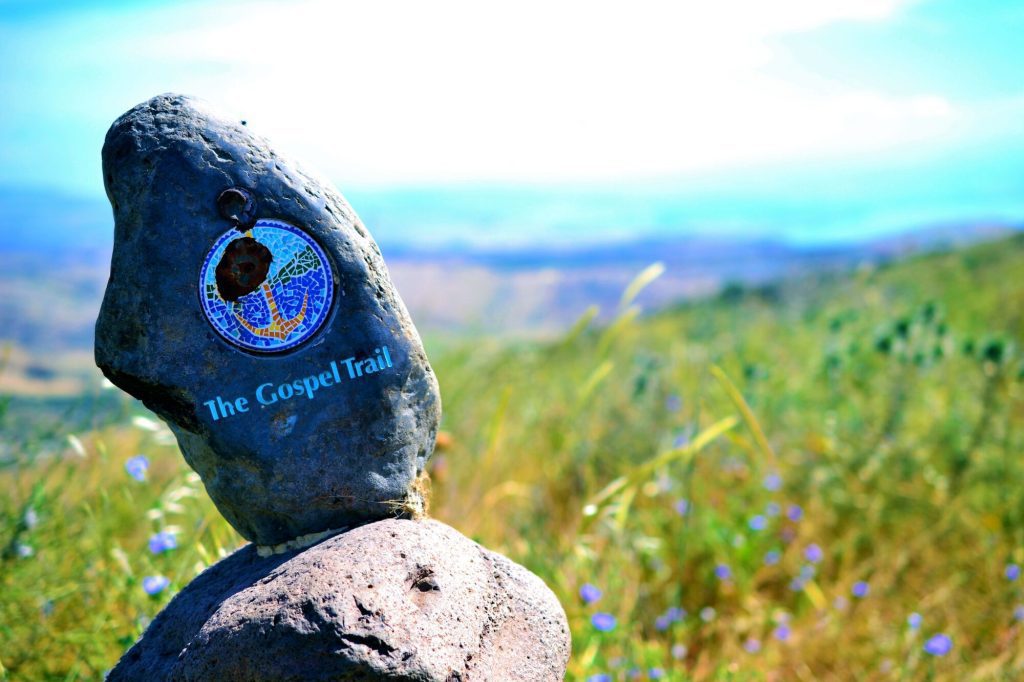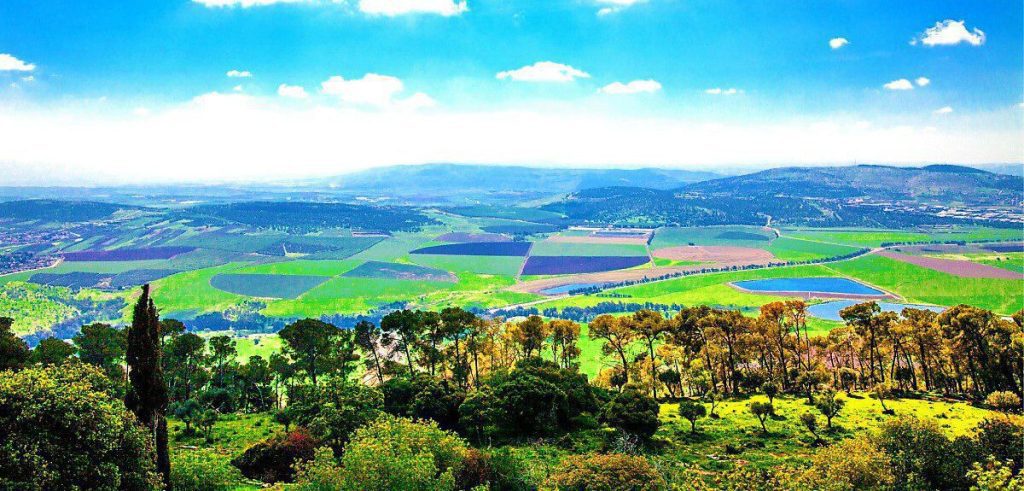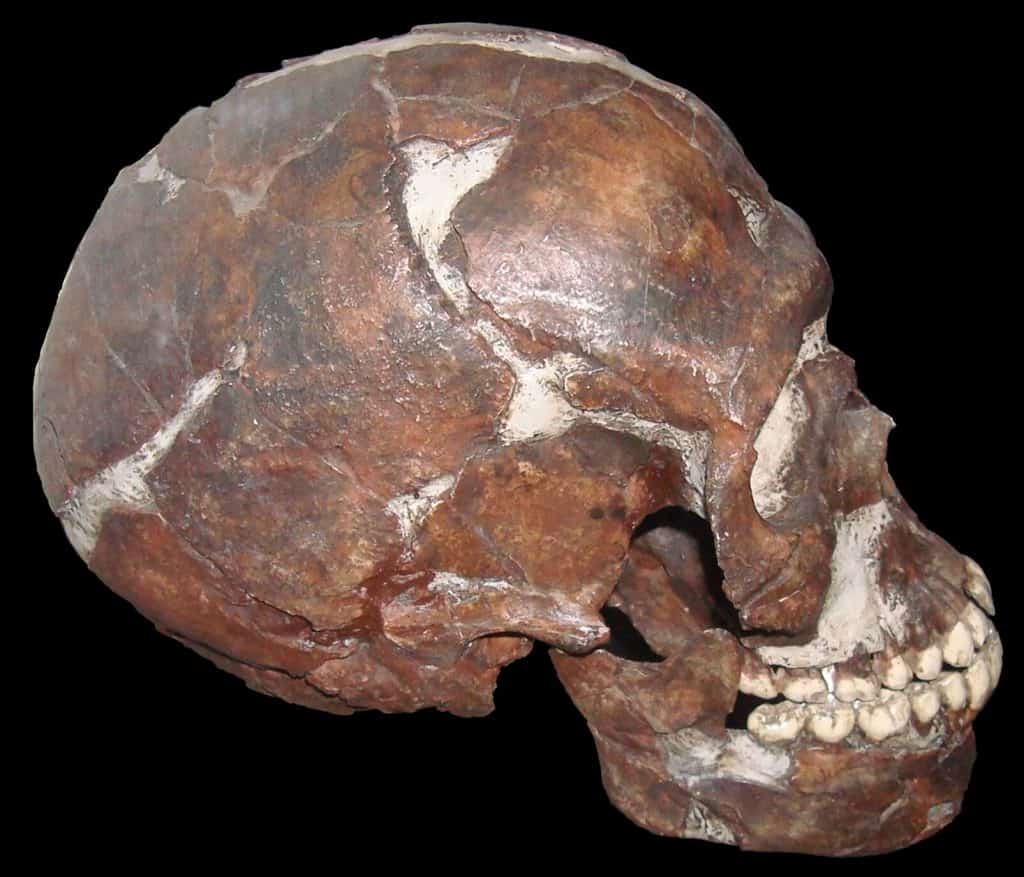Mount Precipice is a mountain in the Nazareth Mountains that rises to a height of 397 meters above sea level. Mount Precipice is located in the south of the city of Nazareth, and it overlooks the Jezreel Valley to the south and Mount Tabor to the east. The origin of the name comes from the belief by some to be the site of the Rejection of Jesus described in the Gospel of Luke (Luke 4:29-30). According to the story; the people of Nazareth, not accepting Jesus as Messiah tried to push him from the mountain; but “he passed through the midst of them and went away.”

Amazing Prehistoric Finds in Mount Precipice
Important remains of ancient humans were found in the Qafzeh Cave, also known as Kedumim Cave, at the foot of Mount Precipice. This is one of the earliest examples in the world of humans with modern anatomy. Excavations at the site were conducted 1933; and intermittently between 1965 and 1979. Also, firepits, stone vessels from the Mousterian culture, human bones, and animal bones were discovered at the site, indicating that the cave was used as a residence and burial site.

Moreover, the findings found on Mount Precipice included 13 complete skeletons, six of which belonged to adults and the rest to children. Furthermore, five humans were neatly buried in the cave ground, and two were buried with deer antlers for some reason. Moreover, red ochre was found alongside the bones, suggesting the burials were symbolic. The remains date back to 85,000 to 100,000 years BC.
Moreover, human remains found in the cave were preserved at the Institut de paléontologie humaine (IPH) de Paris; and the largest part of Neville’s lithic series was held at the Rockefeller Museum in Jerusalem.

Wapondaponda, CC BY-SA 3.0, via Wikimedia Commons
One such burial is of a 10-year-old boy from the earliest Middle Paleolithic layers, who was buried in a rectangular grave carved out of the bedrock, with his arms folded alongside his body and his hands placed on either side of his neck. Deer horns were laid on his hands, probably constituting one of the offerings in the grave. The boy’s skull bears signs of a head trauma that had probably been the cause of death.

